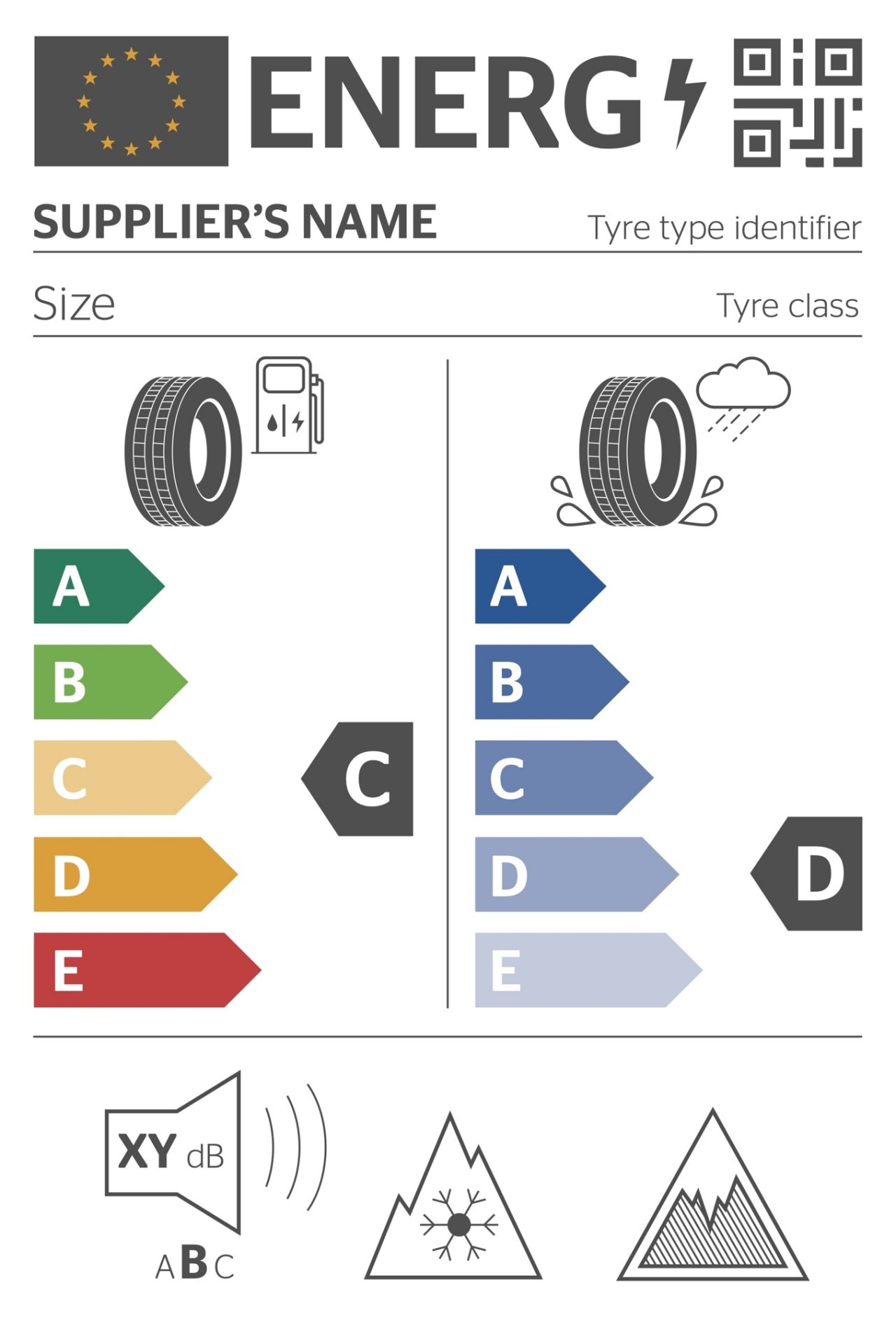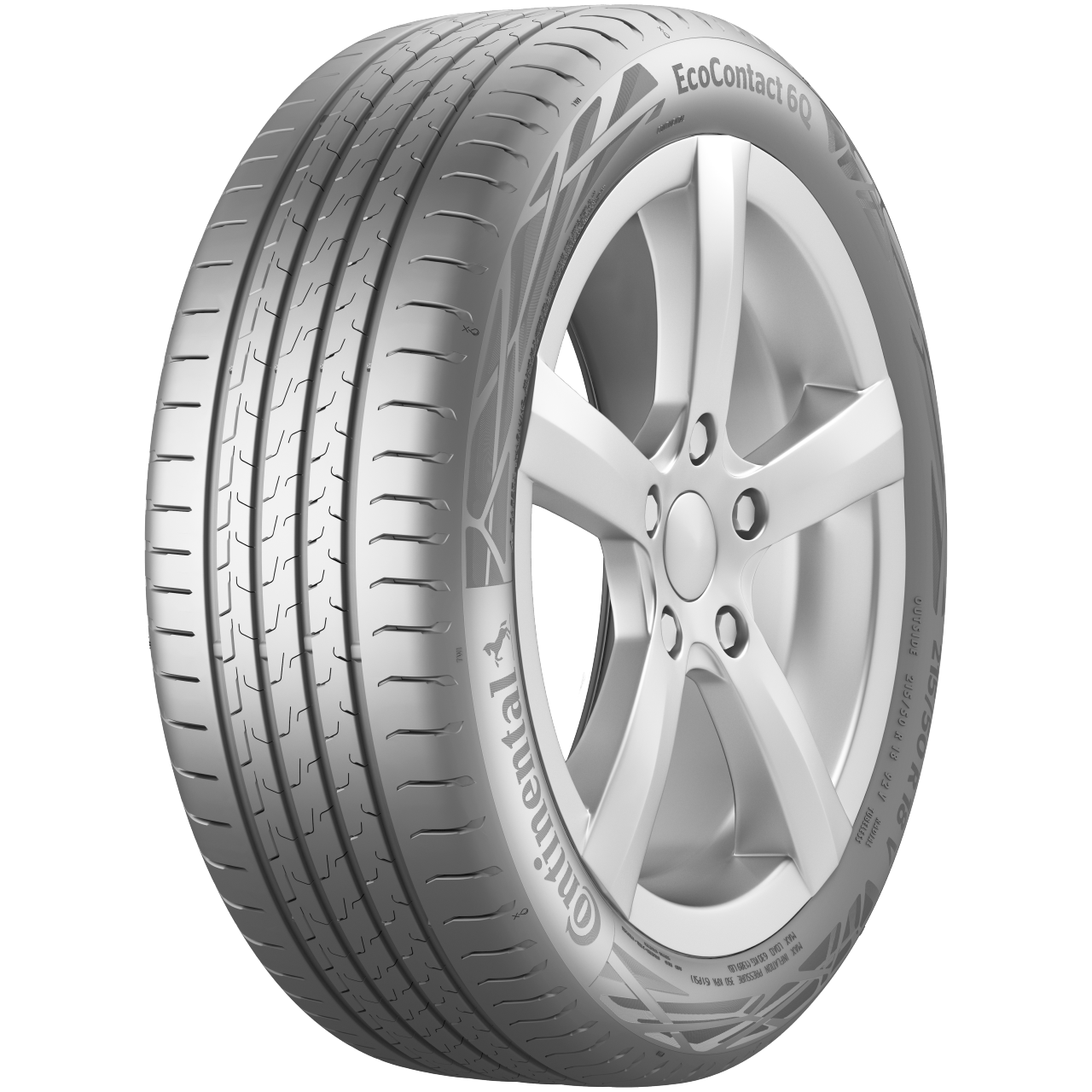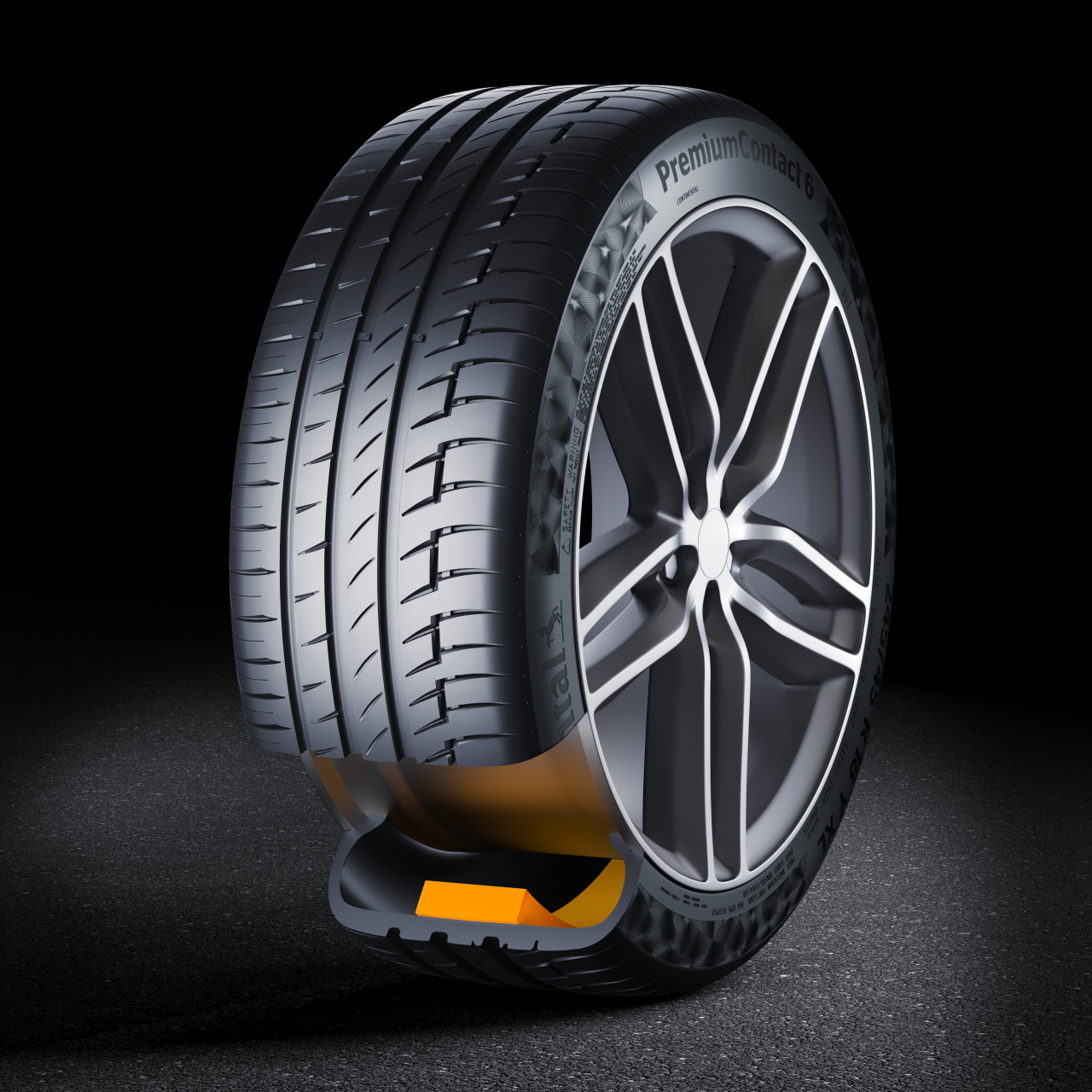
Visit Continental Tires in your country for local vehicle fitment
Tire Noise: Causes, Effects and Solutions

Tire noise plays an important role in the overall driving experience.
Rolling noise from tires is usually noticeable only at moderate to higher speeds.
Continental uses innovative technologies to reduce tire noise, helping ensure a quieter, more pleasant ride. Our premium tires not only make driving safer; they make it more enjoyable.
Why do tires make a noise?
Vehicle noise can be broadly divided into exterior and interior noise. Exterior noise, often called pass-by noise, is what you hear outside the car as it drives by. Interior noise is what you hear inside the cabin. Both are influenced by several factors, most notably sounds from the engine and the noise tires make when they roll.
Rolling noise occurs when tires come into contact with the road. It is most noticeable at moderate to higher speeds and can be amplified by uneven tire wear or incorrect tire pressure. Inside the vehicle, once you reach speeds of 80 to 100 km/h, wind noise begins to dominate, gradually masking the rolling noise of the tires and then the sound of the engine.
Unusually loud rolling noise can be a sign of uneven tire wear. Several factors affect how loud tires are on the road:
Tire type:
Larger, wider tires tend to make more noise. The tire material also affects the noise level.
Road surface:
Rougher roads generate more rolling noise, while porous surfaces absorb sound better and are therefore perceived as quieter.
Tire tread:
The tread pattern directly impacts rolling noise.
Driving :
Aggressive cornering and hard braking can make tires louder.
Tire noise classes on the EU tire label

The EU tire label shows how noisy a tire is. The noise level is measured in decibels (dB) and rated A, B or C, with class A being the quietest and C the loudest. This information can be found at the bottom of the EU tire label.
Find out more about the EU tire label here: EU tire label
What tire labels exist worldwide?
China has a voluntary tire label similar to the EU’s. It also rates tires on their external rolling noise and other criteria, using a color-coded scale from A to G. South Korea also has a similar tire label with comparable criteria, which is mandatory for many tires.
Countries such as the USA, Canada, Japan, Australia and New Zealand do not have mandatory tire labeling requirements.
What causes unusually loud tire noise?
Humming, knocking or grinding noises while driving should always be checked out. Unusual rolling noises may point to problems with the tires or other parts of the vehicle.
If the noise is coming from the tires, it is often caused by the wrong tire pressure or incorrect wheel alignment. Low tire pressure puts excessive pressure on the outer edges of the tires, making them louder. Tire pressure can easily be checked automatically with a tire pressure monitoring system (TPMS).
Tip: The recommended tire pressure, specified by the vehicle manufacturer, can usually be found on a sticker on the inside of the fuel filler cap or the driver’s door. This information can also be found in the vehicle owner´s manual ore the tire manual.
Roaring or thudding noises when changing lanes may indicate damaged wheel bearings or worn suspension components. These sounds often get louder at higher speeds.
Regularly inspecting wheel bearings and suspension, and replacing any worn parts when needed, can help reduce tire noise. It is also a good idea to inspect tires regularly for foreign objects or damage, so any issues are caught early.
How to reduce tire wear: Regular tire inspections as well as precise wheel alignment help to prevent wear.
What is Continental doing to reduce tire noise
Continental is constantly working on ways to make tires quieter – from innovative technologies inside the tire that absorb vibrations and thus significantly reduce rolling noise to new tire treads and rubber compounds that further lower noise levels.
- EcoContact 6 Q
- ContiSilent
- Conti EfficientPro 5 and Conti Urban NXT
EcoContact 6 Q

The Q stands for quiet. Continental has designed the EcoContact 6 Q for particularly energy-efficient, quiet driving. Its specially developed rubber compound reduces the amount of energy the tires absorb while the car is moving, which in turn reduces friction and rolling resistance. Continental’s engineers have also optimized the tire’s tread pattern to reduce rolling noise. The EcoContact 6 Q delivers excellent mileage, braking performance and handling thanks to modified blocks, sipes and lateral grooves. This premium tire combines short braking distances with reliable grip on dry and wet roads, along with excellent cornering stability even at high speeds.
ContiSilent

ContiSilent is a Continental technology designed to reduce tire noise and is available in various tire models. A special layer of polyurethane foam attached to the inner surface of the tire tread absorbs cavity noise, preventing it from being transmitted into the car. This can reduce interior noise by up to 9 dB, resulting in a noticeably quieter experience for everyone onboard.
Conti EfficientPro 5 and Conti Urban NXT

The Conti EfficientPro 5, along-haul truck tire, and the Conti Urban NXT, designed for urban areas, are both exceptionally quiet when it comes to external rolling noise, with a class A rating on the EU tire label. This is achieved thanks to newly developed rubber compounds and innovative tread designs. Both tires are EU Taxonomy-eligible, which means they are recognized as ecologically sustainable products that make a significant contribution to achieving environmental targets such as climate change mitigation and climate change adaptation.
Related Topics
-
 2025/12/03Tire and Road Wear ParticlesTire wear is necessary for safe driving. Optimal traction and reduced wear with Continental.Read more
2025/12/03Tire and Road Wear ParticlesTire wear is necessary for safe driving. Optimal traction and reduced wear with Continental.Read more -
 2025/11/13Tire-related use phase emissionsWhat are tire-relates use phase emissions, and how does Continental reduce them through innovative solutions?Read more
2025/11/13Tire-related use phase emissionsWhat are tire-relates use phase emissions, and how does Continental reduce them through innovative solutions?Read more -
 2025/11/17Rolling Resistance of Car TiresLower rolling resistance, greater efficiency: Discover how Continental is minimizing rolling resistance while maximizing safety.Read more
2025/11/17Rolling Resistance of Car TiresLower rolling resistance, greater efficiency: Discover how Continental is minimizing rolling resistance while maximizing safety.Read more